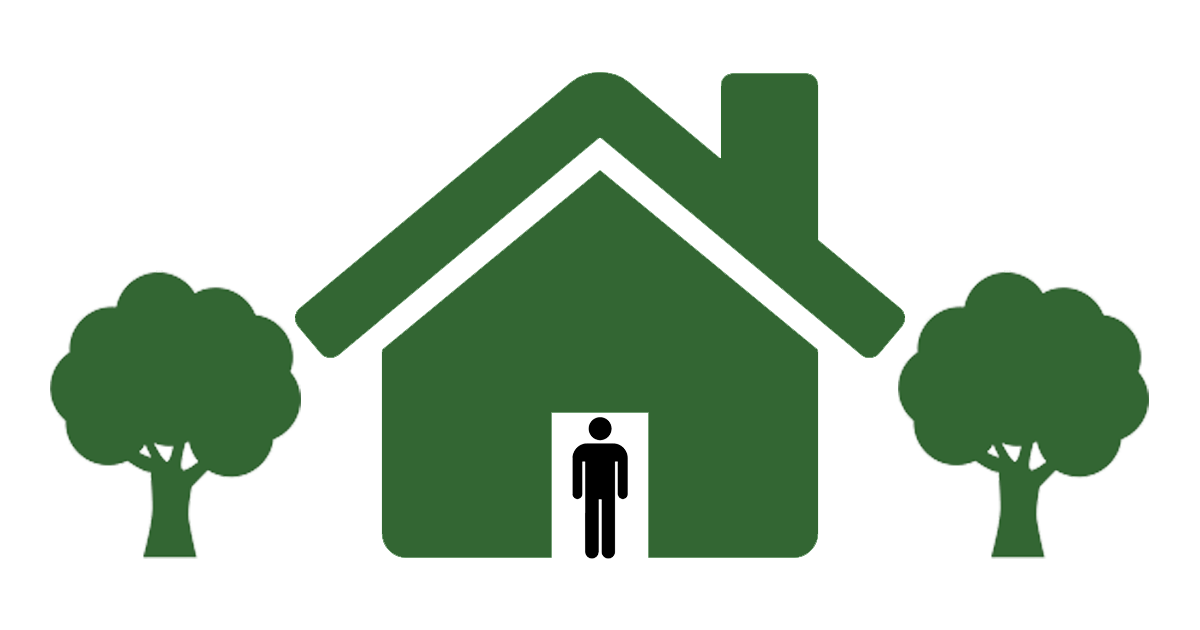January 8, 2014, Madison, WI
Mayor Paul Soglin has a unique perspective on an unusual city. In 2011 he was elected for his third stint as mayor, having served in the 1970s and then again from 1989 to 1997. “It’s called recidivism,” he told me.
Most mayors come in, enact some changes and then aren’t in office to see if they truly worked and made their cities better places. Soglin can see first hand how decisions he made decades ago are paying off. For the most part, he sounds rightly pleased. Madison, No. 5 on our Top 100 Best Places to Live, has a lot to boast about. But Soglin is far from resting on his town’s laurels. He convened a task force to make specific recommendations about how the city can do better in next year’s rankings. There are four slots ahead of him, and he wants to move up.
The city itself keeps things challenging because the population is always shifting. It’s rare to have a city with a large minority population that’s nearly equal parts African-American, Asian and Hispanic – and each of these segments are growing. Soglin’s drive to improve isn’t surprising for a mayor whose only regret from his time(s) in office is this: “In my previous tenures I had a 20-year view, which is far longer than most elected politicians. I should have had a 40-year view.”As we were preparing the write-up for Madison’s Best Places to Live feature, we spoke at length with Mayor Soglin. Here are some highlights. This transcript has been edited for length and clarity.
Livability: How do you balance growth with the needs of existing residents and Madison’s agrarian roots?
Soglin: We look to Seattle. Seattle has done a good job of addressing the challenge. Are we making decisions based on distributing resources in an equitable fashion?As an example, there are a series of subdivisions in the southeast corner of the city referred to as Owl Creek. If we’d used an equity lens and if we’d properly done the analysis when these subdivisions were first proposed, the question should have been asked ‘What kind of public transit do we have for this large area?’ and the answer would have been ‘None.’ In turn, the subdivision should never have been approved, or there should have been a public transit plan for the area. We should not have had a situation where we went a decade with no public transit to the neighborhood. It meant that if high school students missed the bus immediately after the school let out, they had over a 2.5-mile hike to get home after extracurricular activities. It means it’s impossible to hold a job and live in that area unless you have an automobile.
Livability: What have you seen change in Madison over the course of your various tenures?
Soglin: In the 1970s the downtown area of Madison was virtually all baby boomer students or retirees, and they were all low-income. If the objective is to get middle-class families downtown, how do you do it? You’re not going to get them to move downtown next to a bunch of students and retirees. Step one: Let’s get economic diversity among the 20-year-olds and the 70-year-olds. Then let’s get diversity in terms of age. Then we can start talking about getting families. That’s the path we’re going down and it’s working. The Census data for 2020 in downtown Madison will be far different than 2010 – partially due to [residential housing] construction begun in 2012. The big test for us will be over the next decade. Will these 25-to-35-year-olds stay in the city and raise families here? At the same time, can we provide an economy that has an equity component to it. In the 1990s the Madison economy was able to match skills and jobs. At that time, the Wal-Mart model was not so prevalent. In the service industries a livable wage at a 40-hour-a-week job was attainable. Mom and dad could come to Madison, find employment and provide a sustainable household. Now the families that are arriving – particularly since the recession began – are finding minimum wage jobs for 20 hours a week with no benefits.
Livability: One of the issues that has brought you back to office again and again is poverty, especially among children. What’s going on?
Soglin: Madison’s demographics have changed significantly even since the 2010 Census. Close to 54 percent of our school children are minorities. How does a comfortable city like Madison see such significant growth in poverty rates in the public schools? The answer is in-migration. And the question is ‘What’s going on in Chicago?’. I don’t like anecdotes, but I think this one makes the point. Last year I was in a third grade class in Madison doing a reading program and I was asked if I wanted to pose with students for a picture with a giant cut-out of one of the Green Bay Packers. Someone asked if I was a Packers fan and I said ‘No, I was born in Chicago, I’m a Bears fan’ and half of the students started jumping up and down and clapping and saying ‘me too, me too.’ Every time a public housing project comes down in Chicago, a significant number of the residents leave the metropolitan area.
Livability: How do you build an economy that works for everyone?
Soglin: You don’t go out there chasing and recruiting companies to leave another city and come to yours. What you do is exactly the notion of what [Livability.com is] trying to evaluate. You build a great place and they will come.
